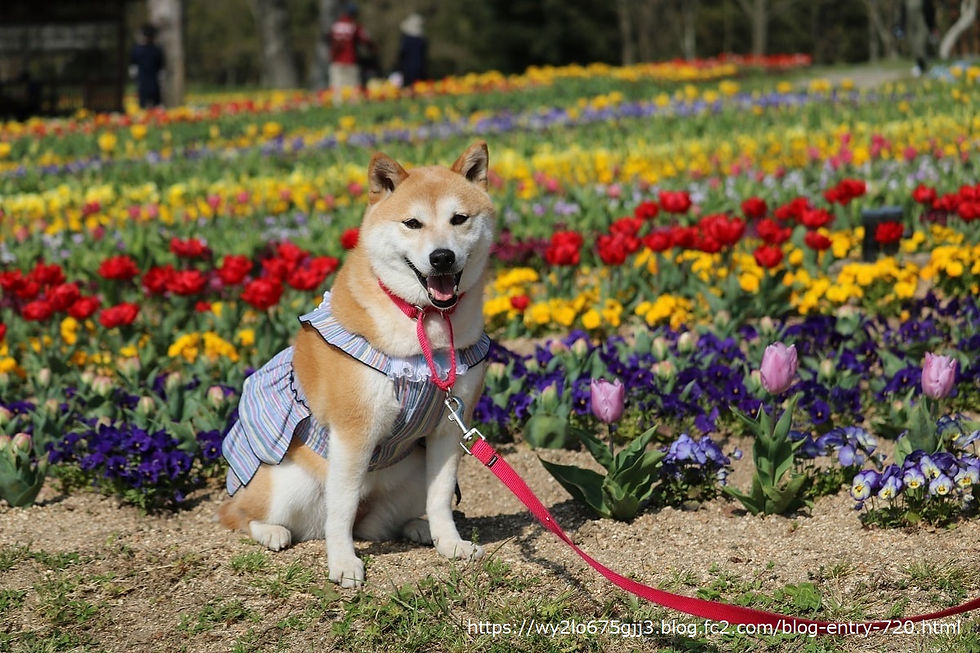Poisonous Plants for Shiba Inu Vol.1
- Suda Hiroko すだDOGファーム

- May 14, 2020
- 2 min read

The view of the garden where the dog is lounging is a lovely thing. With a beautiful garden and a happy dog, it's truly a peaceful scene. But there are some problems and dangers lurking there. Many of the plants that decorate your garden and some of the vegetables in your home garden contain ingredients that are poisonous to dogs. Depending on the type of plant, vomiting, diarrhea, and in the worst case, death may be possible. Especially in homes with gardening, there are many types of plants in the garden, so the danger increases.

If you're starting to have a new dog or plant a new plant, you'll need to think about how the plant will affect your dog.
Use the data below to help you keep your dog's yard safe.

Plants that cause poisoning symptoms in dogs
In general, bulbous plants are often poisonous to dogs. When planting them, make sure they are out of reach of your dog.
Liliaceae : Tulip / Enrei-so (Trillium smallii) / Lily
Ranunculaceae : Buttercup
Amaryllidaceae : Amaryllis
Apocynaceae : Oleander
Congeraceae : Morning Glory (seed)
Ericaceae : Azalea / Rhododendron
Asteraceae : Aloe
Nyctaginaceae : Marvel of Peru / Four o'clock flower
Euphorbiaceae : Poinsettia / Spurge / Euphorbia obesa / Diamond Frost
Balsaminaceae : Rose Balsam
Daphniphyllaceae: Daphniphyllum macropodum
Campanulaceae : Balloon flower
Primulaceae : Cyclamen
Thymelaeaceae : Daphne odora / Winter daphne
Vivaceae: Pansy
Fabaceae : wisteria / Fuji ( Japanese wisteria )
Araceae : Pothos / Silver vine / Devil's ivy
Vegetables: Leeks / Garlic / Garlic chives / Onions

Even if something is not poisonous or edible for people, it's often poisonous for dogs. The above are just a few examples, so it's best to look closely at them when planting new plants. You need to make sure your dog can't get close to poisonous plants by putting them to a high place or putting a partition.





Comments